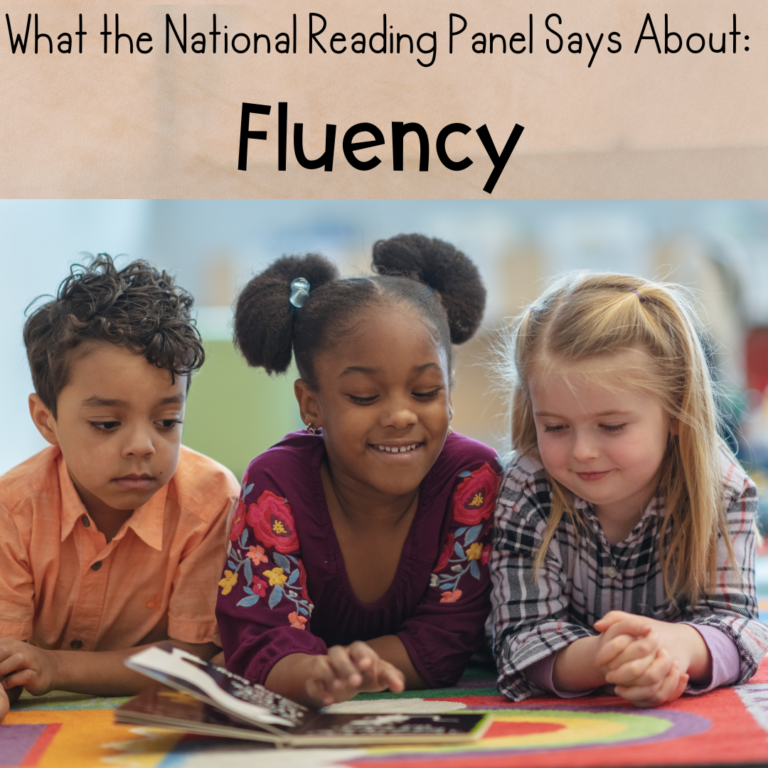
Share This:
Do you want your students to become more proficient, automatic readers? We all do, right? This may sound like an oversimplification, but the one thing I suggest we all need a lot more of is practice. If we want our children to become more automatic word callers, they must have a lot of practice in the skills we have taught them. There are many ways that we can practice, but my favorite is the use of a decodable folder.

A decodable folder is a 3-pronged folder full of decodable texts for students, set up in the order you teach skills. For each skill (Ex: digraph ch, aCe, oi, etc.), I have a page with words on one side and sentences on the other. Then, I have between 1-3 decodable passages. I use this format to build from the word level, to the sentence, before finally reaching the connected text level. We always want to think about building from the smallest to largest unit.
There are 2 places I go to for connected texts: The Literacy Nest and Christina Winter from Mrs. Winter’s Bliss. If you like having your decodable texts in a folder, go with The Literacy Nest. If you want to glue your decodables into a composition book, I recommend Christina’s. Both have tremendous value! I use the decodable word lists and sentences that I created.

The decodable folder is used to both practice new skills and review previously taught skills. After I have introduced a new skill, we use the words, sentences, and texts for practice. I use a few different techniques. My students and I might echo read. In echo reading, I read and they repeat the sentence. We might choral read, where we read the text out loud together. No matter what, we will always eventually independently read, where students are whisper reading the text to themselves, while I walk around and listen in.
During rereading, students will pull out their decodable folders and choose any text that has already been read. I give several minutes daily for children to reread while I walk around and listen in. In order to make it more engaging, I use stickers. Every time a student rereads a decodable text, they get a sticker on that text. Some students like to read each text 5 times before moving on to another text. Other children like to skip around: either way is perfectly fine by me! Once they hit 5 stickers, I gently encourage them to read other texts, but I almost never tell them they CAN’T read a text. Watch a video that explains more about the stickers here!
One of the questions I get asked about my folders is how many texts I put in at a time. For our grade-level folders, the entire year is already done for them. This past summer, my amazing admin went ahead and made decodable folders for all k-3 students, based on our scope and sequence (Anna and Nicole, you are queens!). But for my intervention groups, that isn’t possible. I honestly don’t know where will be or who I will be working with at the end of the year, so that won’t work!
I tend to put several weeks of materials into the folders at a time. For example, I may put together all digraphs and blends at once, or all of magic e. I do this to help save the copier and to save myself time. Pro tip: After you have compiled your different packets, save them and put them in a file cabinet! The next time you have to assemble copies, you won’t have to print off new passages!
A decodable folder is just one way you can add extra practice for your students, and I wish I saw more of them being utilized! Remember, reading a text once and then never seeing it again will not get most of our students to the level of proficiency we need. Children need daily practice, and having a decodable folder inside their desk is a great way to ensure they get enough of it!
So, have I convinced you? Are you ready to go make your own decodable folder?
Share This:

Savannah Campbell is a K-5 reading specialist. She has taught her entire 12-year teaching career at the school she went to as a child. She holds two master’s degrees in education from the College of William and Mary. Savannah is both Orton-Gillingham and LETRS trained. Her greatest hope in life is to allow all children to live the life they want by helping them to become literate individuals.

Savannah Campbell is a K-5 reading specialist. She has taught her entire 12-year teaching career at the school she went to as a child. She holds two master’s degrees in education from the College of William and Mary. Savannah is both Orton-Gillingham and LETRS trained. Her greatest hope in life is to allow all children to live the life they want by helping them to become literate individuals.
Feeling overwhelmed with all the terminology out there? Want to know the key terms all teachers need to teach phonics? In this FREE Rules of English cheat sheet, you get a 5 page pdf that takes you through the most important terms for understanding English—you’ll learn about digraphs, blends, syllable types, syllable divisions, and move. Grab today and take the stress out of your phonics prep!
